Malnutrition: How UNICEF, Kaduna govt rescue children from early graves with RUTF
It was difficult to believe that children with such acutely-malnourished looks and in such huge number could be seen in just two local government areas of Kaduna state. They looked so feeble, emaciated and sickly that one would doubt they would ever live to see their next birthdays.
As at the end of 2015, the government was still doubtful thousands of children in the state could be acutely-malnourished as reports showed. But interventions in just two local government areas of the state exposed the depth of tragedy waiting to snuff lives out of the state’s innocent children.
As it has done in many states in Nigeria, especially in its current interventions in the terror-ravaged northeast, United Nations Children Fund, UNICEF, approached the state government and sensitized it about the level of malnutrition it the state, and how the challenge could be tackled through its initiative – the Community Management of Acute Malnutrition, CMAM. After fruitful deliberations, Governor Nasir El-Rufai-led administration agreed, and there was consensus that the programme be test-run in two local government areas in the state – Makarfi and Zaria LGAs.
At its take-off, the state government invested “over N37 million in procuring 3060 cartons of Ready-to-Use Therapeutic Foods (RUTF) used for the programme. UNICEF also provided same amount. Apart from that, UNICEF provided funds for technical support which includes launch of the initiative in the state, mobilization of communities and training for health workers and volunteers.
“As at December last year, when the Governor saw the impacts of the programme, the state government provided N300 million to procure another consignment of RUTF for scaling up, and, UNICEF in turn has provided N450 million, supporting the state. Apart from that, all the technical activities are going to be supported by UNICEF,” said the State Nutrition Officer, Mrs Jane Gwani.
CMAM has volunteers from communities, especially the chiefs, elders and youths who sensitize parents with malnourished children to take them to health facilities for treatment. In addition to counselling on how to combine and prepare local foods for good nutrition, each malnourished child gets RUTF at the facility. The CMAM initiative has save over 10,000 children since it was introduced in the state.
RUTF are high-energy, lipid-based spreads used in communities for treatment of severely-acute malnutrition. Surprising, typical primary ingredients for RUTF include peanuts, oil, sugar, milk powder and vitamin and mineral supplements, many of which could be easily found in Kaduna communities. The state is largely agrarian. Other foods such as beans, cray fish, groundnuts, egg, fish, vegetables, and meat provide good nutrition. Fruits are also essentially good for both children and adults.
As the trend in Nigeria, Kaduna State is not the only culprit; many states in Nigeria, even in the southern region where there has been relative peace, have severely malnourished children. Records have it that nearly one million children under the age of five years die in Nigeria every year.
This makes the country one of the highest contributors to under five mortality in the world. About half of this is due to malnutrition. Causes of malnutrition include inadequate dietary intake, diseases, inadequate access to food, inadequate care for children and women, insufficient health services and unhealthy environment.
When our correspondent visited Makarfi and Zaria local governments this year, the beneficiaries could not hold back their joy, as they pleaded that the programme be extended to other parts of the state.
Two things particularly changed about them. First, they knew that though there was high-scale poverty among them, they could still use the foods they grow to feed their children and make them look healthy. Second, their fear was gone: they could see their children, whom they had doubted would survive, in good health.
In Makarfi, there are five out-patient therapeutic centres (in five primary health centres) namely Dangozuri; Gimi PHC; PHC Gubuci; Meyere PHC and PHC Nasarawa Doya. Each of the PHCs provides services on the CMAM programme once a week, and services are rotated across the PHCs from Monday to Friday to enable supervisors of the programme move round the PHCs.
Buhari Kabiru is a year-old beneficiary of the CMAM. His mother’s name is Zainab Kabiru. She told our correspondent: “I started coming here one month ago, and I have come here four times; that is four weeks. We come once in a week to take the RUTF and counselling. My baby has been sick since he was seven weeks. I was feeding him with pap, and he was looking sickly.”
According to Kabiru, her family is poor. But, from the orientation she received at the PHC Nasarawa Doya, her baby would have looked better if she had exclusively breastfed her and given her combination of required diet from available local foods.
Another beneficiary is seven-month old Mariam Basiru. Her mother is Jemila Basiru. She treated her baby at the Gubuci PHC. “I started coming her six weeks ago. There have been great changes in the baby’s health. I had thought she would die, but Allah saved her through this programme. I thank UNICEF and the government of Kaduna,” she said.
She went on: “I was not aware that despite feeding my baby with ‘koko’ (pap) and other meals in the house, she could still be that sick. I thought it was because we are poor, I didn’t know that I was not the one that was not feeding her with the right food she needed.”
Maariam explained that she could give her baby only pap as many times the baby needed it daily. She stressed that was the method of feeding in many homes. “We can eat the same type of food, mainly grains and cereals for a whole week, in as much as they are available,” she said. This confession was also the submissions of many mothers who spoke with Nigeria Health Online in the two LGAs.
Another baby who was still battling with death at the Gubuci PHC because of malnutrition is Usman Abubakar. Despite coming to the PHC for the 4th time (one month altogether) the baby looked too frail and thin. “That tells you the condition he was four weeks back. But, for this programme, he could have died like his other brothers by now,” his mother, Mariam Abubakar said.
The officer in charge of the facility, Yahaya Nuhu, said average attendance at the facility for the programme was 128 per day. ”Children can start taking RUTF at six months up to five years. A child can finish one at once. RUTF prevents death in many malnourished children,” he stated.
Mr Mustapha Lito, who represented his father, a community leader in Makarfi, Malam Ibrahim Lito, said his father was one of the most respected persons in the community. “Whatever he says, people respect him. My father mobilizes people to reach out to the women for this laudable programme. Before the programme started, a lot of children were dying in this community. But, since, we’ve been having reduced deaths from children,” Mustapha said.
Deputy Director, Disease Control and Sanitation in the local government, Musa Umar told our correspondent that the programme came to the local government in October last year, and that out of 10 children in the local government, six are malnourished.
Why the intervention in Makarfi, our correspondent asked him. “Frankly speaking, I’m happy this programme came to Makarfi Local Government. It is a result of our efforts, searching, investigating our children facially during child health week activities when we normally reach out to people in distant communities, and, through clinical-based records… There is high level of acute malnutrition in the state. We are screening, and we identify immediately. Out of 10 children in the local government, six are malnourished.”
“Apart from the children that we reach during our OTP distribution activities, we normally admit those children that are in the red zone,” Umar said.
In Makarfi, health officials use red, yellow and green to indicate the degree of child’s rate of malnutrition. Red is critical, yellow and green are those children who have moved out of severely-acute malnutrition and are becoming healthy.
Umar went on: “Parents, especially mothers are advised to cook food like vegetables, beans, soya beans, fish, meat, groundnuts and the likes for their children to help them grow well.
“We have two major issues that have been the main cause of malnutrition in this local government namely poverty and ignorance. 95 percent of Makarfi’s people are farmers, but our people prefer to sell those locally-available foods to buy other things for themselves. In Makarfi, a Hausa-Fulani dominated area, there are many cows, fowls, crops etc. We have the foods, but we lack knowledge of preparing them. A lot of our women don’t know how to prepare the kind of food that will give their families good nutrition.”
“In terms of tackling, controlling or giving attention to malnutrition, honestly speaking, I’ve been working in public health sector for good 29 years today, I’ve never seen any institution, either government, or any organization that has put in their best, or put this kind of intervention towards controlling malnutrition, except UNICEF,” Umar stated.
He informed that there are about 137 communities, ten political wards, and 10 PHCs in Makarfi, and that none of the communities is left behind in the programme.
Nafisa Yusuf, is focal person on nutrition in the local government. She said the local government works with community volunteers who ensure the programme becomes successful. According to her, the LGA supports the programme with N500,000 monthly. She urged both UNICEF and the state government to extend the programme to other local government areas in the state, even as she assured that “there is enough RUTF for use for the programme in the local government.”
According to her, it takes a malnourished child eight weeks to complete treatment through the use of the RUTF.
In Zaria Local Government, there are five facilities used for the programme. Each of them offers services once in a week, and one PHC per day to allow for supervision and coordination as done in Makarfi. The facilities used are L/Kona; Ang/Fafike; R/Magaji; Wuciciri; and D/Abbe.
Focal person for the local government is Lawal Jubril. He said the local government was chosen for the programme based on the nutritional assessment on children under-five. The programme, he said, stated in March 2016.
He spoke on reasons the local government still has the challenge of malnutrition: “We have serious rate of poverty in the country. People cannot find the food they are expected to eat. So, definitely, over a period of time, these children will be malnourished.”
Jubril also attributed escalation of the problem in the area to ignorance of how to prepare food with sufficient nutrition. “There are instances where you cannot leave the people the way they look; there will be need for immediate intervention. For children that are severely malnourished, the system is down; how can you (the parents) treat them? How can you talk to them? The food given them by their parents can damage their systems. When we started this programme, we were recording deaths. Death rate was very high, but now, death rate has been very low. There is an effective utilization of the RUTF, and this is saving the lives of these children.
“One of the reasons we are succeeding is because we use community volunteers. In each community, we get their number, we train them, we involve them to screen these children first and send them to the OTP site. And, whenever we have defaulters, we utilize them to find out what is going on.”
He noted that turnout for the programme had been dropping “because there is a good and effective treatment. The number of malnourished children is reducing. Before, we used to have about 40 and 50, but now, we have at least sometimes 15 or 20 (daily) The rate is dropping.”
At the Babban Dodo PHC, Posia Shuaibu, a 15-month-old baby was one of the beneficiaries. Posia had been brought barely four months to the facility to receive RUTF. His mother, Mudja, said she heard of the programme at a naming ceremony in Zaria town. All her children had died. She had lost four already, and Posia could have joined them, but for the CMAM.
“I am very happy that this one will not die. I have been afraid. I’m encouraging other women like me to come to this facility or anyone near them for this programme. My baby was not eating well before, but, now, she’s been eating. I thank the government and UNICEF. It has been my prayer that I have a baby to survive me.”
Meanwhile, the state Nutrition Officer, Mrs Jane Gwani, shed more light on how the programme came into the state and resources that have been sunk into it. Her words: “UNICEF has been on board since the onset of the nutrition unit in the ministry. Initially, there was no nutrition unit in the ministry. But, when the unit came on board, UNICEF started its intervention; that was long time ago in the state.
“Kaduna state is one of the states on the danger list from the Nutrition Indicators. UNICEF is just in a very few LGAs. We have 23 LGAs. There have been some impacts, even then, from the indicator, the prevalence of chronic malnutrition of under-five in Kaduna state is 52.1, wasting is 42. The indicators are not too good for Kaduna state. That is why we have a lot of partners that are coming to work side by side. That is what UNICEF is actually doing.
“We are looking at how much we can scale up impacts. UNICEF has actually assisted. They have actually done much. The programme started last year March. A lot of impact has been made. We started with one LGA as a pilot LGA. Initially, when we told the government the situation of malnutrition in Kaduna State, the government didn’t believe until. But, with the onset of CMAM in Zaria Local Government, the number of people that we started seeing at the site, the wife of the Governor was motivated to see the children, where she had to even shed tears with the number of children she saw. That was what motivated the governor. That was the eye-opener that we have the problem of malnutrition in Kaduna State.
“The take-off of the CMAM programme became an eye-opener on why Kaduna State needs intervention on malnutrition, and there are plans to scale up to three other local governments in the state.”
Speaking on why children are malnourished, she said: “The first 1000 days of life of a child starts from conception; the mother’s nutritional status till when she is pregnant and when the child is two years old is important. What we discovered to have contributed greatly to the problem is ignorance.
”In those areas where the cases are coming up the most, the people are good farmers, they grow most of these food crops, but the problem is still there. So, we discovered that the number one issue is ignorance of what and what they should give the children, and what and what time, and at what quantity. The second one is poverty and other underlining problems.”
She said UNICEF works with the state government, after it had sensitized the government on the need to start the programme. “UNICEF provides the technical support, training of the personnel, putting things in order, but state saw the need to start the CMAM programme, they procured the RUTF, and UNICEF backed up what the state procured with same quantity. It was actually a motivation. The state bought RUTF worth 3060 cartons, and UNICEF provided same quantity. That is what we have been using in running the two communities.”
She decried the failure of the country to produce RUFT, but depends on importing it.
She said it takes a child eight weeks to complete treatment with the RUTF, and that parents bring their children to the facilities from their homes for the treatment. According to her, there are community volunteers who sensitize parent and remember them on the date they are expected at health facility for the RUTF. “It is a community programme, they are the ones that are doing it themselves,” she noted.

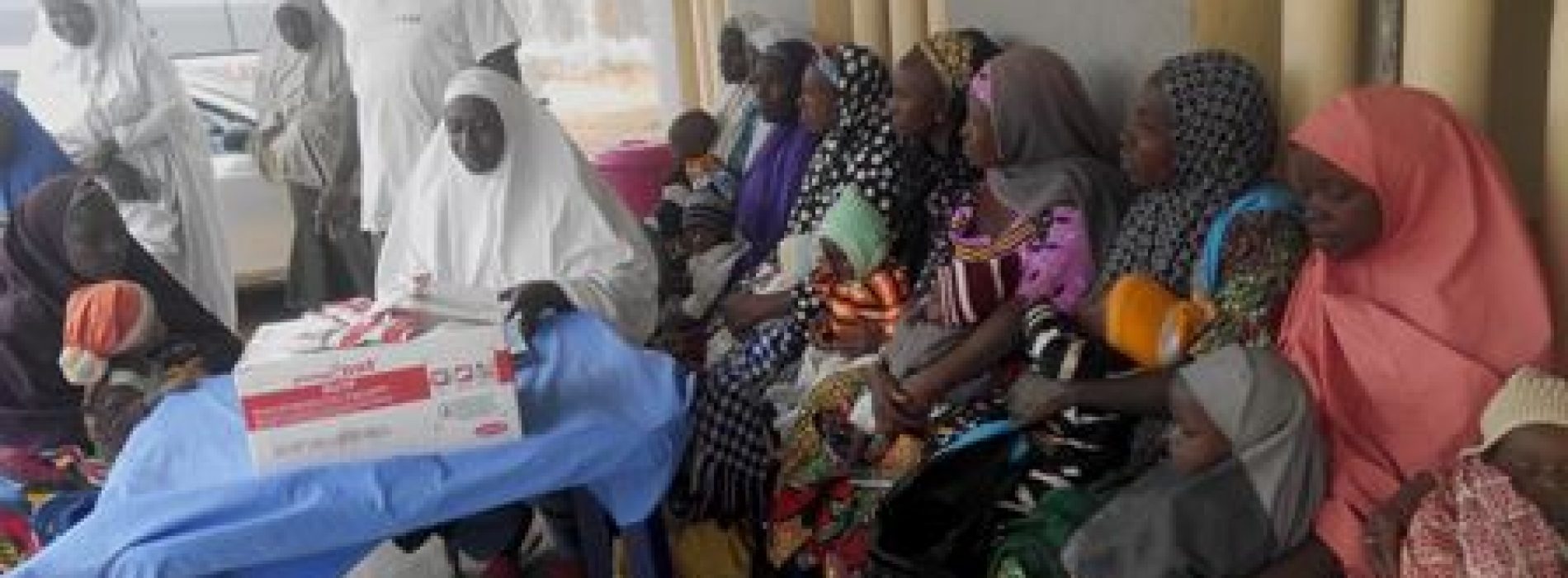





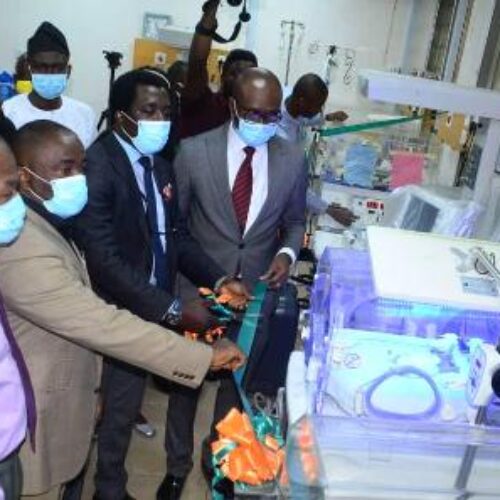
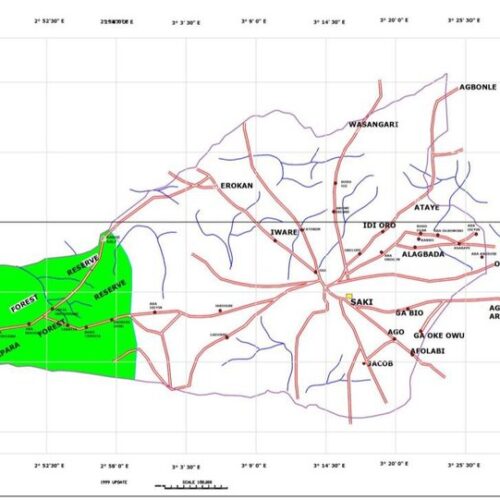
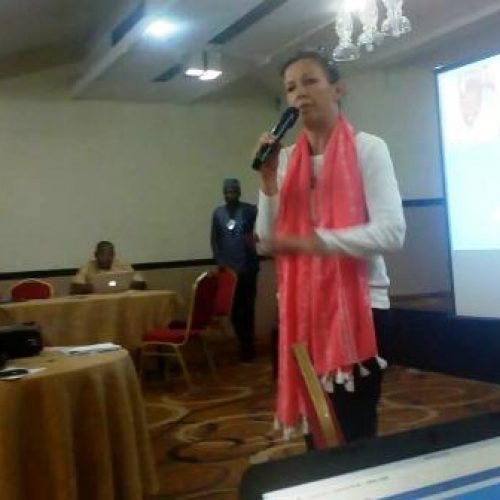

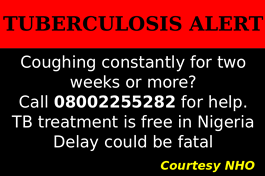
0 Comments
No Comments Yet!
You can be first to comment this post!